Home>Gardening & Outdoor>Outdoor Structures>How To Fix An Awning Window That Won’t Close
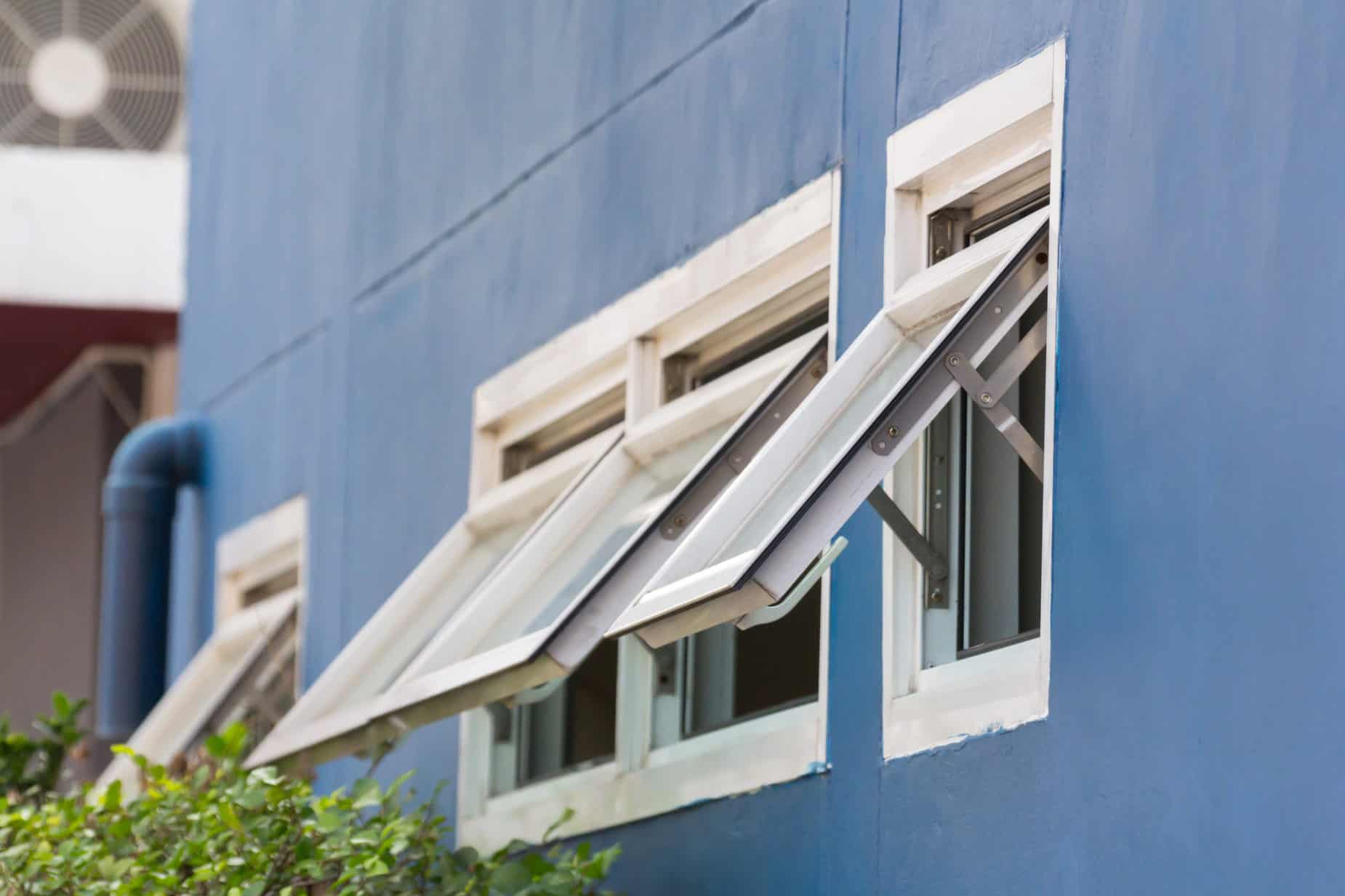

Outdoor Structures
How To Fix An Awning Window That Won’t Close
Modified: August 17, 2024
Learn how to troubleshoot and repair an outdoor-structures awning window that won't close with our step-by-step guide. Keep your home secure and weatherproof.
(Many of the links in this article redirect to a specific reviewed product. Your purchase of these products through affiliate links helps to generate commission for Storables.com, at no extra cost. Learn more)
Introduction
Awning windows are a popular choice for homeowners due to their functionality and aesthetic appeal. These windows are hinged at the top and open outward, allowing for excellent ventilation and a unique design element in any home. However, like any mechanical component, awning windows can experience issues over time, such as difficulty in closing properly. When faced with an awning window that won't close, it's essential to address the problem promptly to ensure the security and energy efficiency of your home.
In this comprehensive guide, we will explore the steps to troubleshoot and fix an awning window that refuses to close. By following these practical solutions, you can regain the smooth operation of your window and restore the comfort and safety of your living space. Whether you're a seasoned DIY enthusiast or a homeowner looking to tackle a minor repair, these steps will empower you to address the issue with confidence.
From checking for obstructions to lubricating the hinges and tracks, adjusting the hinges, and even replacing the crank mechanism, we will cover each step in detail. Additionally, we will discuss when it's best to seek professional assistance to ensure the problem is resolved effectively.
By understanding the underlying causes of a malfunctioning awning window and learning the appropriate remedies, you can take proactive measures to maintain the functionality of your windows. With the insights provided in this guide, you'll be equipped to address the issue of a stubborn awning window and restore it to its optimal working condition.
So, let's delve into the practical steps to troubleshoot and fix an awning window that won't close, allowing you to enjoy the benefits of a fully functional and secure window in your home.
Key Takeaways:
- Keep your awning windows closing smoothly by checking for and removing any obstructions, lubricating the hinges and tracks, and adjusting the hinges. Regular maintenance ensures optimal functionality and extends the lifespan of your windows.
- When DIY methods fail, seek professional assistance to diagnose and resolve complex issues with your awning windows. Professional expertise and access to specialized tools and replacement parts ensure a lasting and effective solution, restoring the comfort and security of your home.
Read more: How To Close A Camper Awning
Step 1: Check for Obstructions
Before delving into complex repairs, it's crucial to start with the basics. When an awning window refuses to close, the first step is to thoroughly inspect the window and its surrounding area for any potential obstructions. Debris, such as leaves, twigs, or dirt, may have accumulated in the window tracks or hinges, hindering the smooth operation of the window.
Begin by carefully examining the exterior and interior of the window. Look for any visible signs of debris or foreign objects that may be impeding the closing mechanism. It's essential to pay close attention to the window tracks, as even small particles can disrupt the proper functioning of the window.
Next, gently clean the window tracks and hinges using a soft brush or cloth to remove any accumulated dirt or debris. Ensure that the tracks are free from any obstructions that could be preventing the window from closing securely. Additionally, inspect the surrounding area outside the window for any overgrown vegetation or obstacles that may be obstructing the window's movement.
Once the tracks and hinges are clean and free from obstructions, test the window to see if it closes smoothly. If the issue persists, it may be necessary to further examine the hinges and tracks for any signs of damage or misalignment that could be contributing to the problem.
By thoroughly checking for and removing any obstructions, you can eliminate a common cause of awning windows failing to close properly. This initial step sets the foundation for identifying and addressing more complex issues that may be affecting the window's functionality. With a clear understanding of the potential obstructions and their impact on the window's operation, you can proceed to the next steps with a methodical approach to resolving the issue.
Step 2: Lubricate the Hinges and Tracks
Proper lubrication is essential for maintaining the smooth operation of awning windows. Over time, the hinges and tracks of the window can accumulate dirt, dust, and debris, leading to increased friction and difficulty in closing the window. By lubricating the hinges and tracks, you can reduce friction, minimize wear and tear, and restore the effortless functionality of the window.
To begin the lubrication process, gather a high-quality silicone-based lubricant or a specialized window lubricant specifically designed for use on hinges and tracks. Avoid using oil-based lubricants, as they can attract more dirt and grime, ultimately exacerbating the issue.
Start by carefully applying the lubricant to the hinges of the awning window. Use a small amount of lubricant and ensure that it is evenly distributed across the hinge mechanism. Open and close the window several times to allow the lubricant to penetrate the hinge components, effectively reducing friction and promoting smooth movement.
Next, focus on lubricating the tracks of the window. Apply the lubricant along the entire length of the tracks, ensuring thorough coverage. Use a clean cloth to wipe away any excess lubricant, leaving behind a thin, even layer that will facilitate the seamless operation of the window.
After lubricating both the hinges and tracks, test the window to assess the improvement in its closing mechanism. You should notice a significant reduction in resistance, allowing the window to close more easily and securely.
Regular lubrication of the hinges and tracks is a simple yet effective maintenance practice that can prolong the lifespan of awning windows and prevent issues related to difficulty in closing. By incorporating this step into your routine home maintenance, you can ensure that your awning windows continue to function optimally, providing you with comfort, security, and peace of mind.
By following the steps outlined in this guide, you can address the issue of an awning window that won't close and restore it to its full functionality. With a proactive approach to maintenance and repair, you can enjoy the benefits of smoothly operating awning windows, enhancing the overall comfort and appeal of your home.
Check the hinges and tracks for any obstructions or damage. Clean and lubricate them to ensure smooth operation. If the issue persists, consider replacing the hinges or calling a professional for assistance.
Step 3: Adjust the Hinges
When dealing with an awning window that refuses to close, the hinges play a pivotal role in ensuring smooth operation. Over time, the hinges may become misaligned or loose, leading to difficulties in closing the window securely. In such cases, adjusting the hinges can be a practical solution to restore the proper functionality of the window.
To begin the process of adjusting the hinges, you will need a few basic tools, including a screwdriver and possibly a wrench, depending on the type of hinge mechanism. Start by carefully examining the hinges to identify any visible signs of misalignment or looseness. It's essential to perform this inspection with the window in the open position, allowing for easier access to the hinges.
If the hinges appear misaligned, gently loosen the screws securing the hinges to the window frame. With the screws slightly loosened, you can carefully adjust the position of the hinges to ensure proper alignment with the window frame. Pay close attention to the level of the window and make precise adjustments to align the hinges accordingly.
Once the hinges are properly aligned, tighten the screws to secure the hinges in place. It's important to exercise caution and avoid over-tightening the screws, as this can lead to unnecessary strain on the hinges and potentially cause further issues. Additionally, check for any signs of rust or corrosion on the hinges, as this can also contribute to difficulties in closing the window.
In some cases, the hinges may require additional maintenance, such as lubrication or replacement if they are damaged beyond repair. If the hinges show signs of significant wear or damage, it may be necessary to replace them to ensure the long-term functionality of the awning window.
After adjusting the hinges, test the window to ensure that it closes smoothly and securely. You should notice a marked improvement in the operation of the window, indicating that the hinge adjustment has effectively addressed the issue.
By taking the time to adjust the hinges of an awning window, you can eliminate one of the common causes of difficulty in closing and restore the window to its optimal working condition. This proactive approach to maintenance empowers homeowners to address minor issues promptly, ensuring the longevity and functionality of their awning windows.
Step 4: Replace the Crank Mechanism
In some instances, the underlying cause of an awning window refusing to close may stem from a faulty or worn-out crank mechanism. The crank mechanism is responsible for facilitating the smooth opening and closing of the window, and over time, it may experience wear and tear, leading to operational issues. When other troubleshooting steps have been exhausted and the window continues to exhibit difficulties in closing, replacing the crank mechanism becomes a viable solution to restore the window's functionality.
To initiate the process of replacing the crank mechanism, begin by carefully examining the existing mechanism to assess its condition. Look for signs of damage, excessive wear, or malfunction that may be impeding the proper operation of the window. It's essential to identify the specific type and model of the crank mechanism to ensure that the replacement part is compatible with the window.
Next, gather the necessary tools and materials for the replacement, including a compatible replacement crank mechanism, a screwdriver, and possibly a wrench, depending on the specific requirements of the window's design. It's important to refer to the manufacturer's guidelines or consult with a professional to ensure that the replacement part aligns with the window's specifications.
With the tools and replacement part at hand, carefully remove the existing crank mechanism from the window. This typically involves unscrewing the mounting screws and detaching the mechanism from the window frame. Exercise caution during this process to avoid causing any damage to the surrounding components of the window.
Once the old crank mechanism has been removed, proceed to install the replacement part in its place. Align the new mechanism with the designated mounting position on the window frame and secure it in place using the appropriate screws and fasteners. Take care to ensure that the replacement mechanism is securely attached and operates smoothly without any obstructions.
After installing the new crank mechanism, test the window to confirm that the replacement has effectively resolved the issue of the window refusing to close. You should notice a significant improvement in the window's operation, with the new crank mechanism facilitating smooth and secure closure.
By replacing the crank mechanism, homeowners can address the root cause of operational issues with awning windows, ensuring that the windows function optimally and provide the desired level of security and comfort. This proactive approach to maintenance and repair empowers homeowners to effectively troubleshoot and resolve issues related to awning windows, contributing to the overall functionality and appeal of their homes.
Read more: What Is An Awning Window
Step 5: Call a Professional if Necessary
In some cases, despite diligent efforts to troubleshoot and address the issue of an awning window that won't close, homeowners may encounter complex or underlying problems that require professional expertise. When all DIY methods have been exhausted, and the window continues to exhibit persistent difficulties in closing, it's essential to consider seeking the assistance of a qualified professional.
Professional window repair and maintenance services offer specialized knowledge, experience, and access to advanced tools and replacement parts that may be necessary to resolve intricate issues with awning windows. By enlisting the expertise of a professional, homeowners can benefit from a thorough assessment of the window's condition, precise diagnostics of the underlying causes of the problem, and expert recommendations for effective solutions.
Upon contacting a professional window repair service, homeowners can expect a comprehensive evaluation of the awning window, including a detailed inspection of the hinges, tracks, crank mechanism, and overall structural integrity. This meticulous assessment enables the professional to identify any hidden issues that may have been overlooked during DIY troubleshooting, ensuring a thorough and accurate diagnosis of the problem.
Based on the findings of the assessment, the professional will provide tailored recommendations for addressing the specific issues affecting the awning window. Whether it involves intricate adjustments, specialized repairs, or the replacement of components, the professional's expertise and access to high-quality materials and parts can ensure a lasting and effective solution.
Furthermore, professional window repair services offer the assurance of quality workmanship and attention to detail, providing homeowners with peace of mind regarding the resolution of the window's operational issues. By entrusting the repair and maintenance of awning windows to experienced professionals, homeowners can rest assured that their windows will be restored to optimal functionality, contributing to the overall comfort, security, and aesthetic appeal of their homes.
Ultimately, when DIY efforts prove insufficient in addressing the complexities of an awning window that won't close, reaching out to a professional window repair service is a proactive and practical step towards resolving the issue effectively. By leveraging the expertise and resources of professionals in the field, homeowners can ensure that their awning windows continue to operate smoothly and securely, enhancing the overall functionality and value of their homes.
Frequently Asked Questions about How To Fix An Awning Window That Won't Close
Was this page helpful?
At Storables.com, we guarantee accurate and reliable information. Our content, validated by Expert Board Contributors, is crafted following stringent Editorial Policies. We're committed to providing you with well-researched, expert-backed insights for all your informational needs.
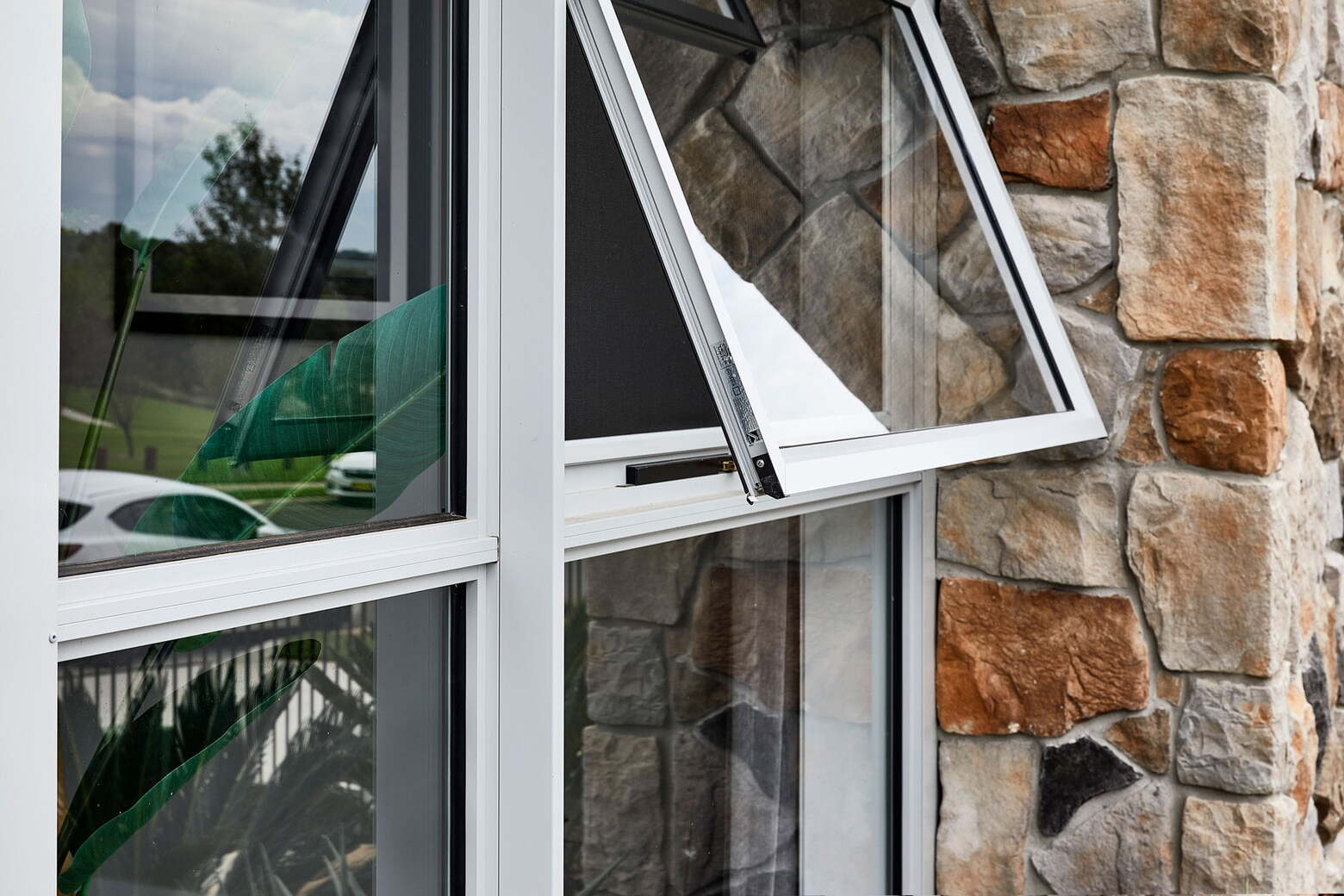
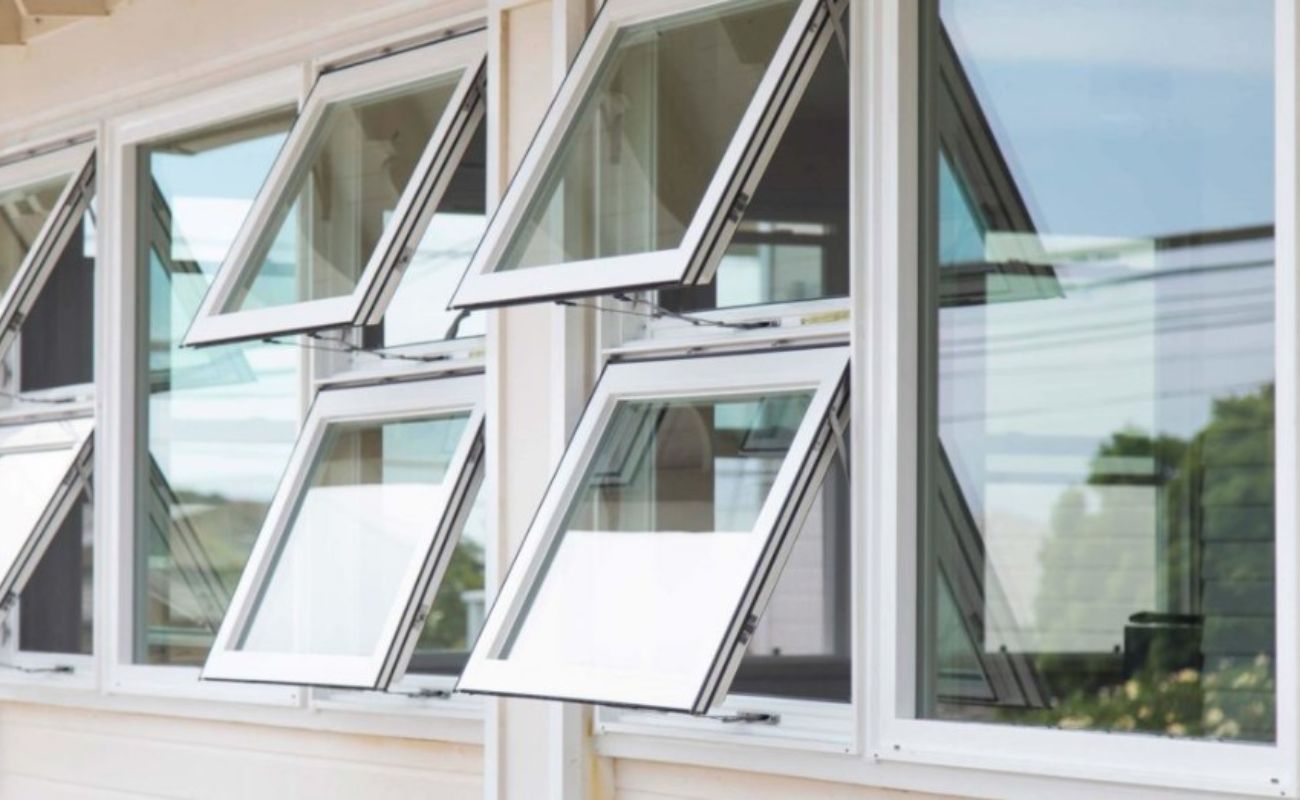
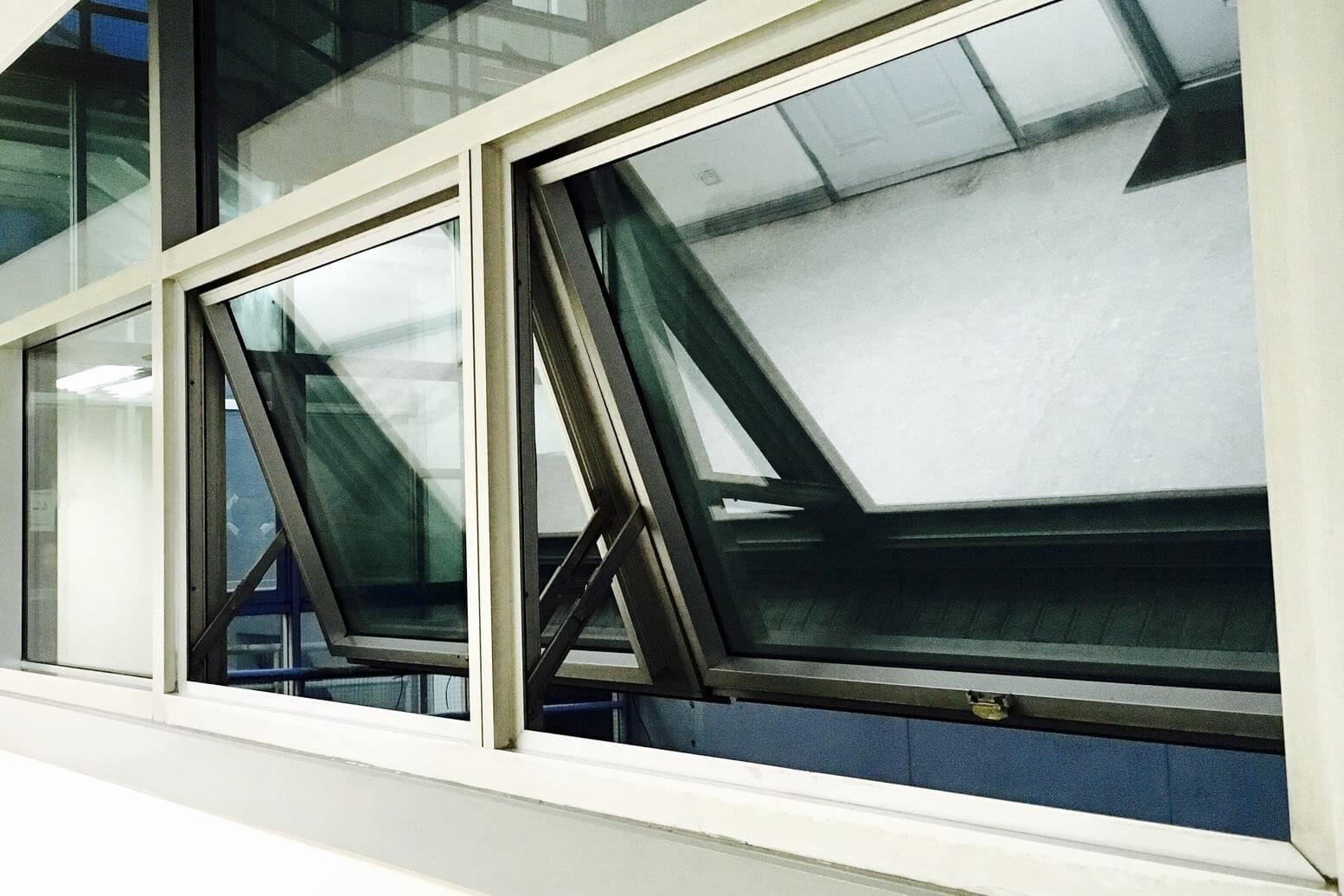
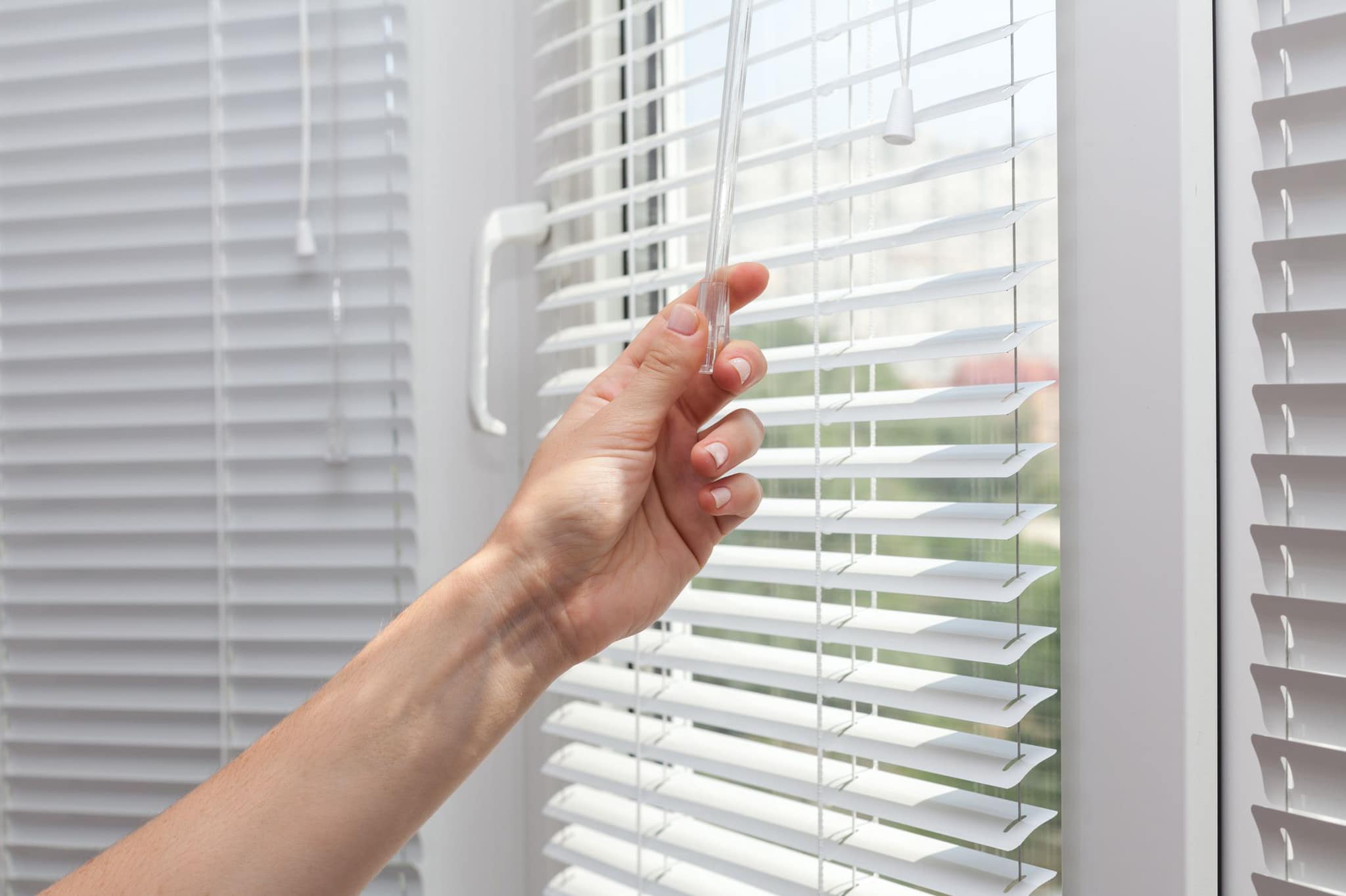
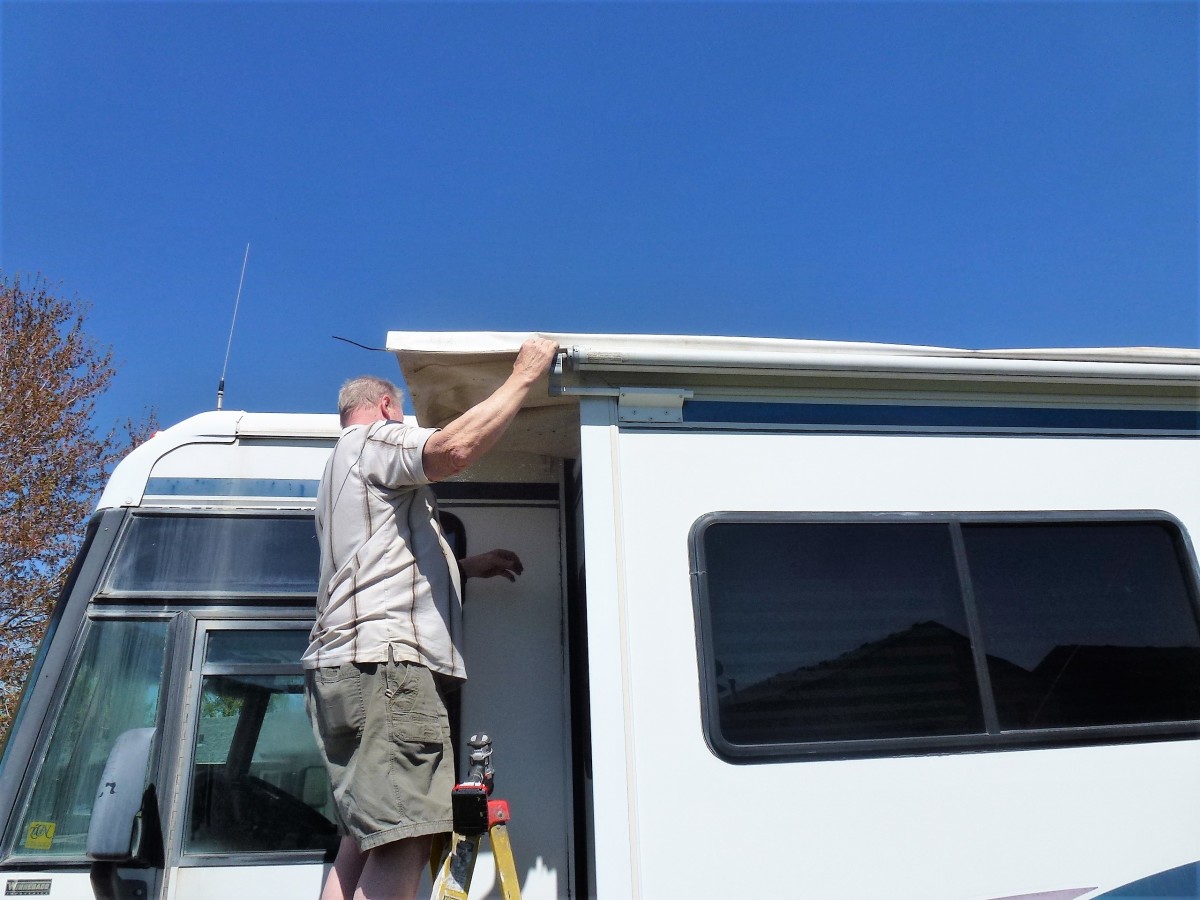
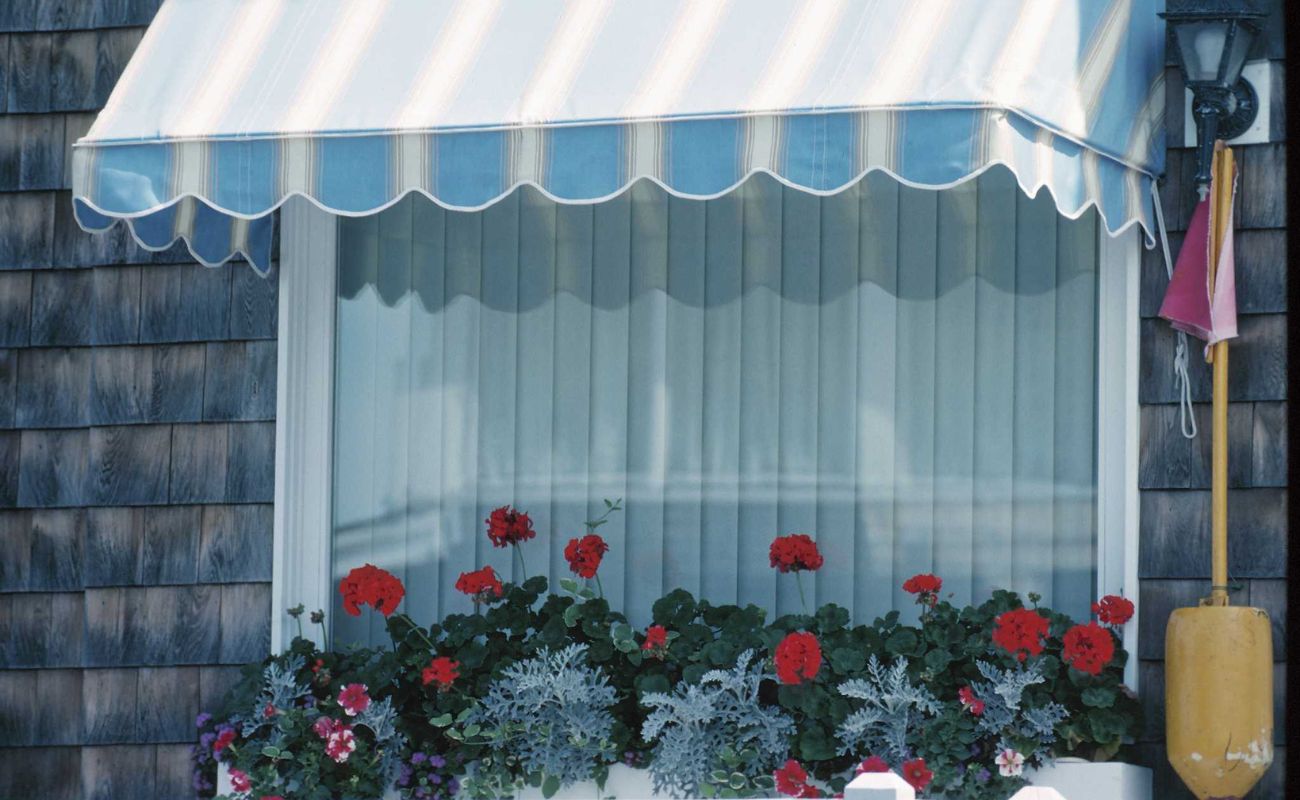
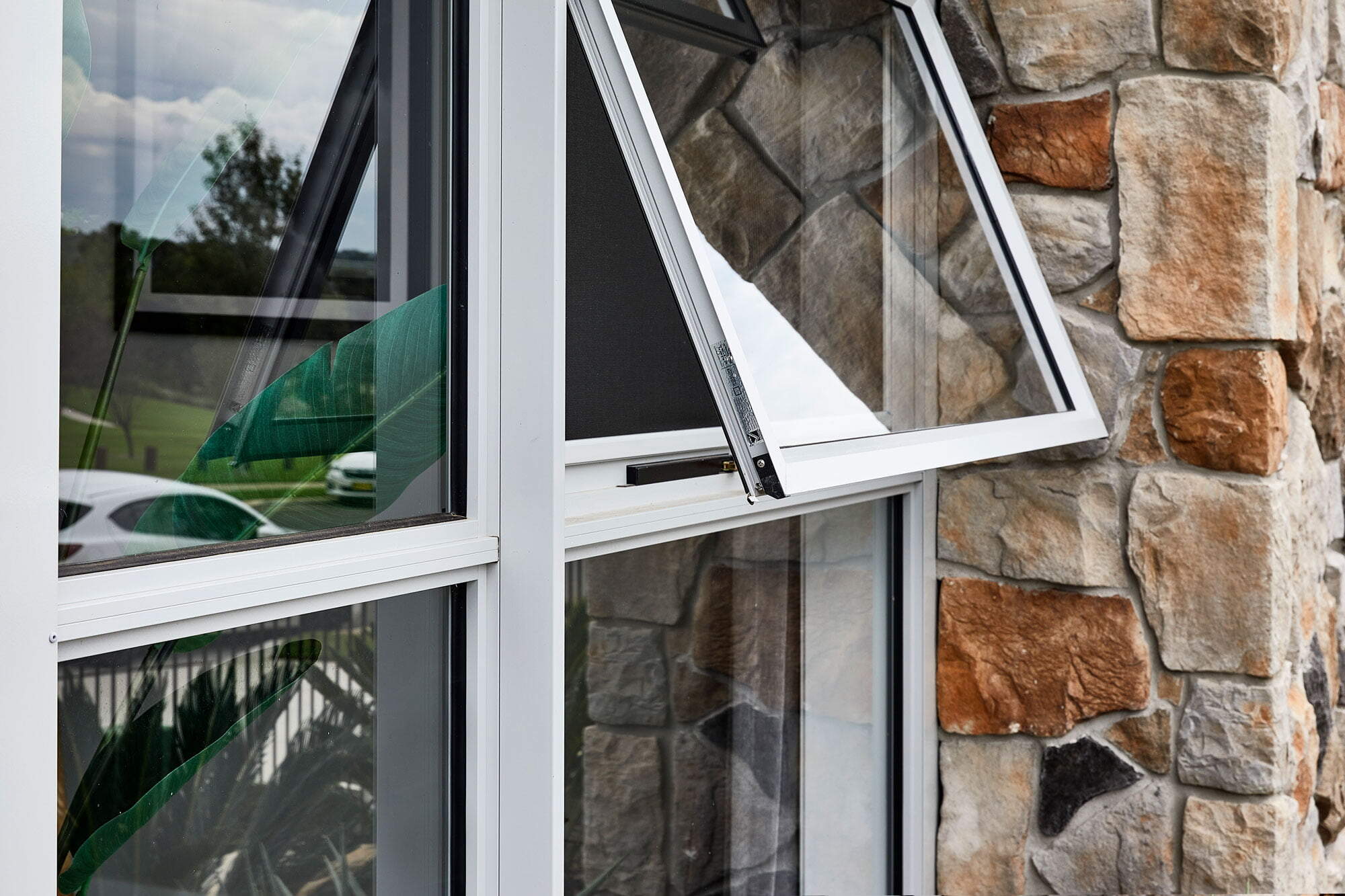
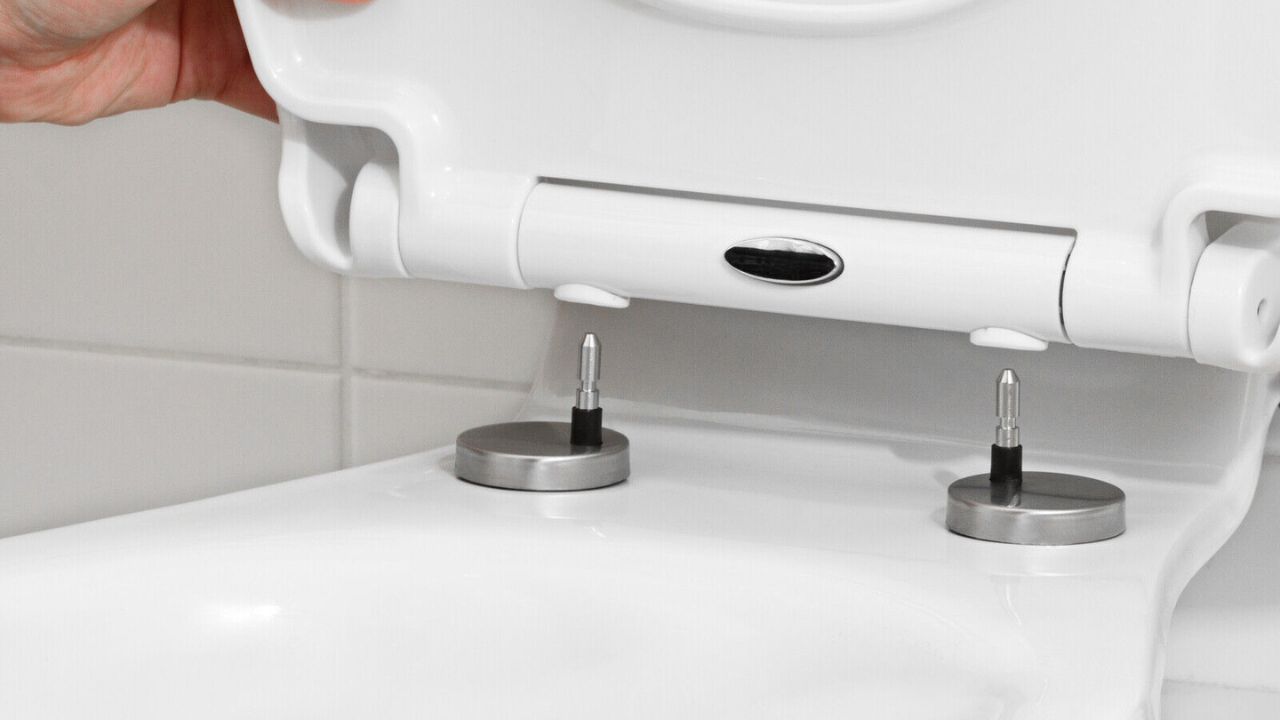
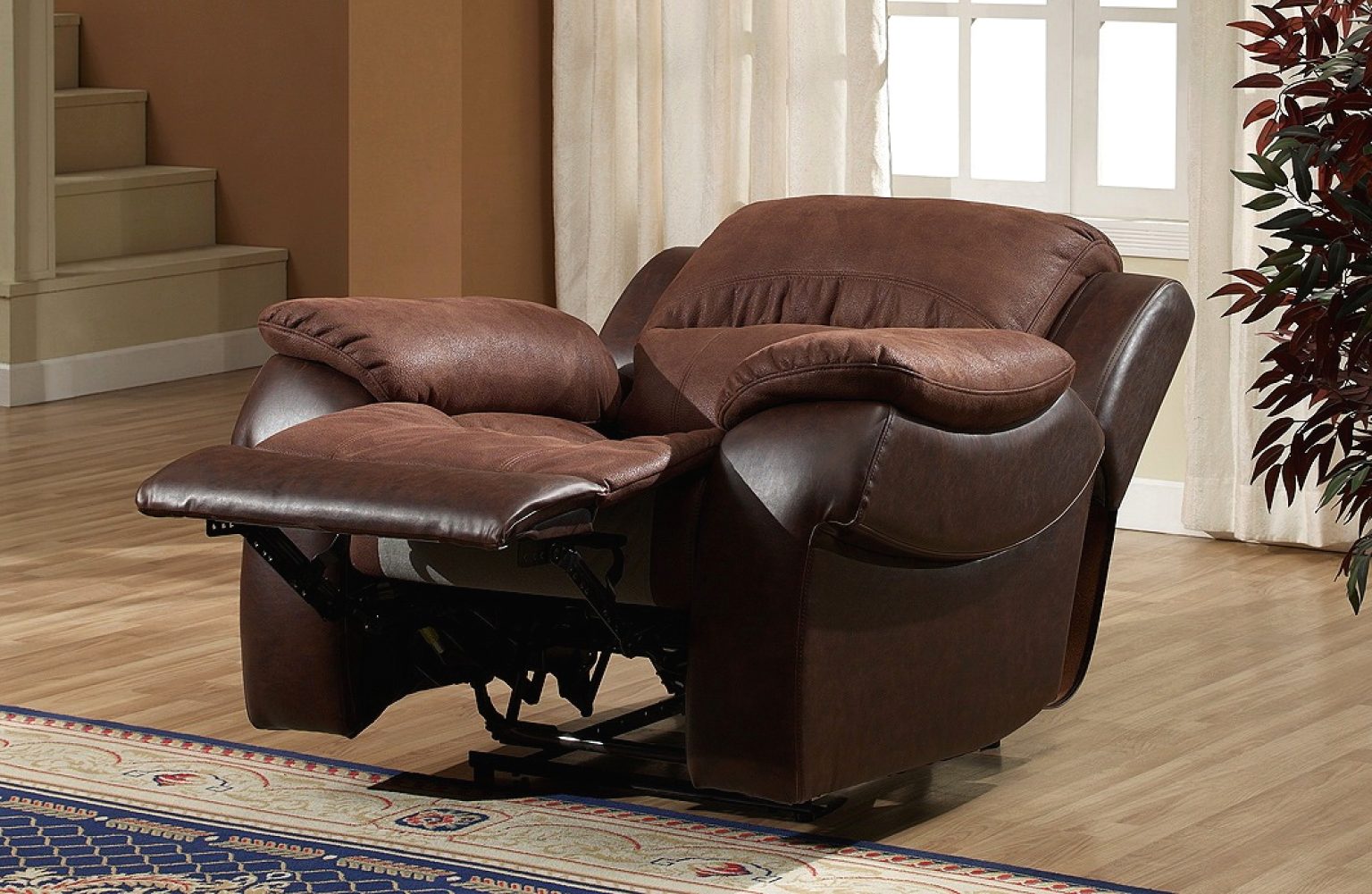
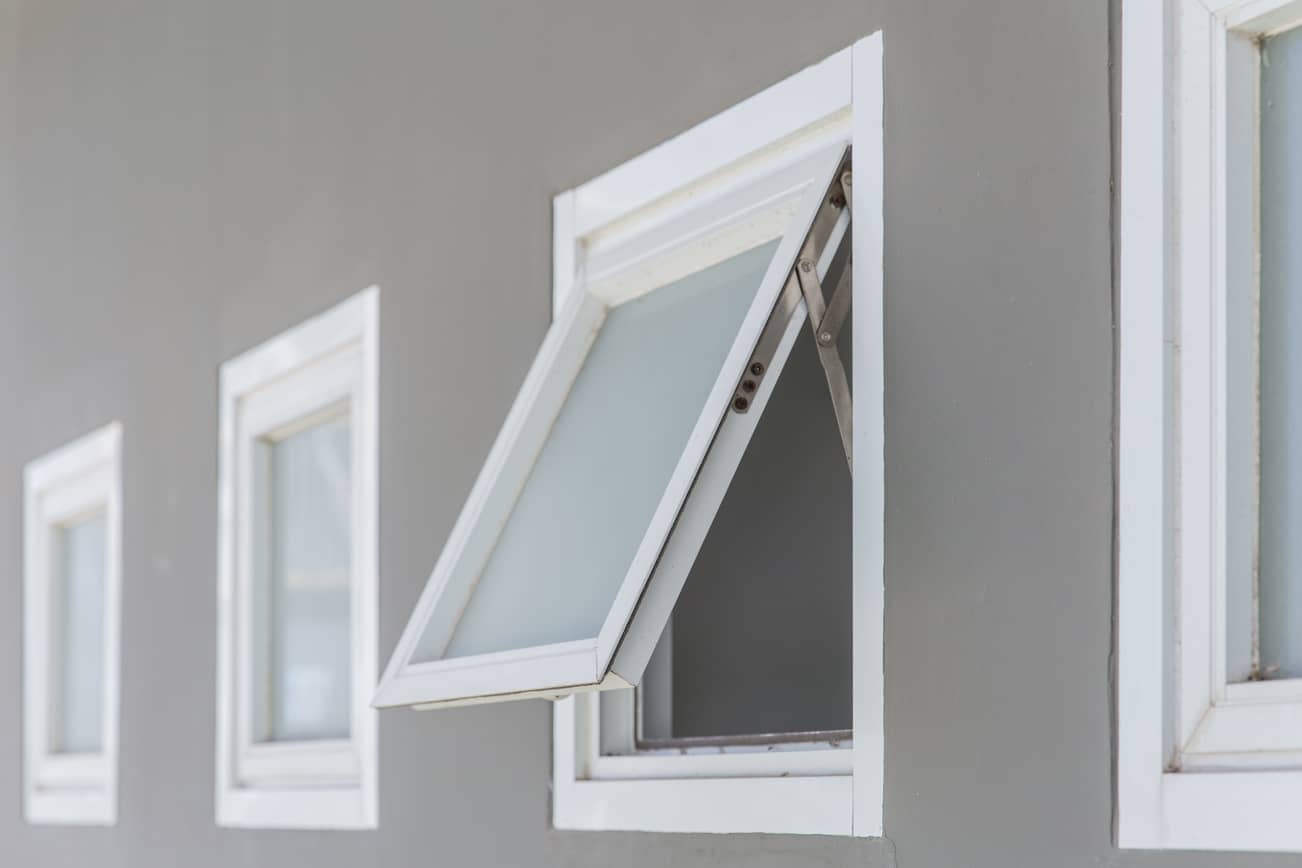
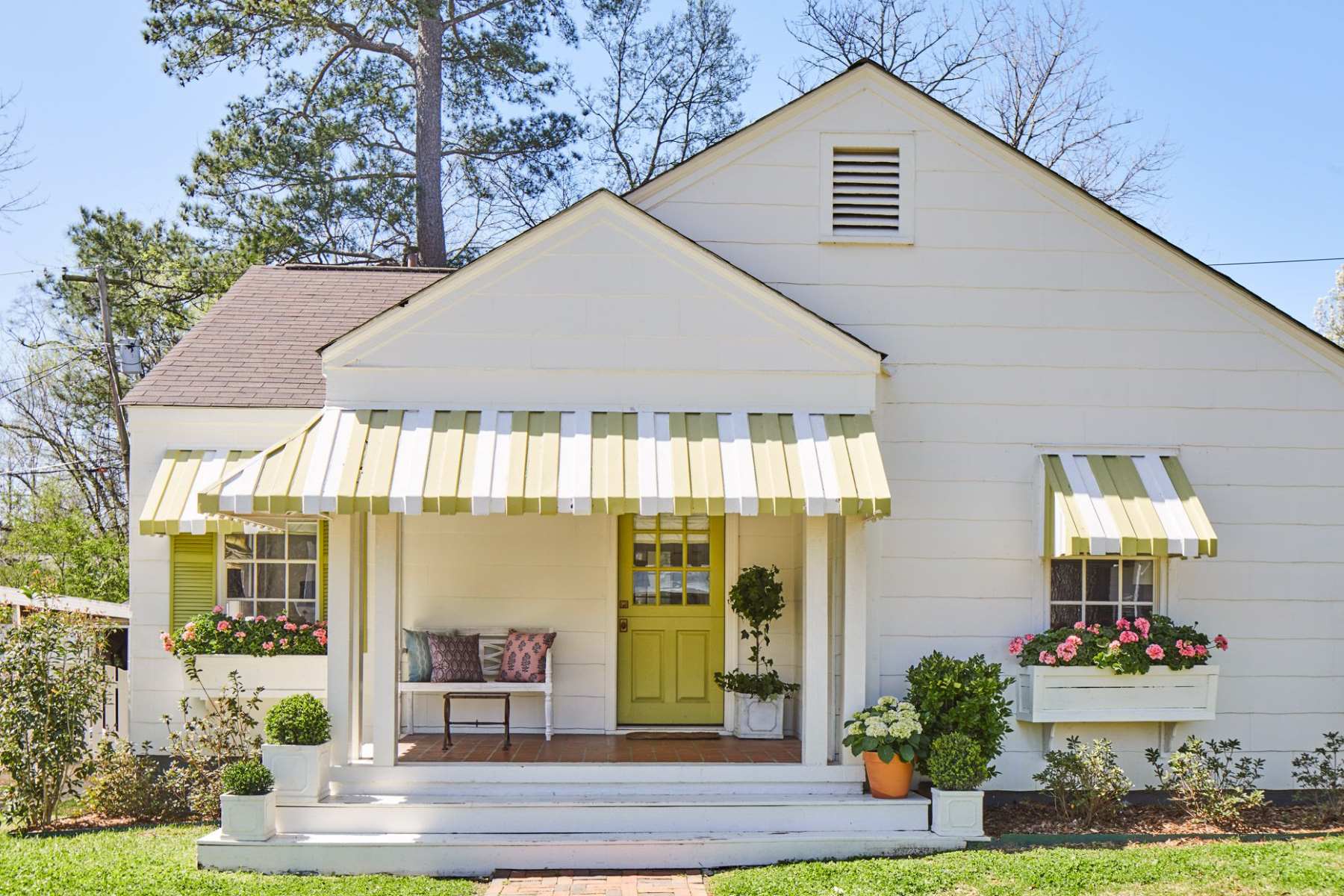
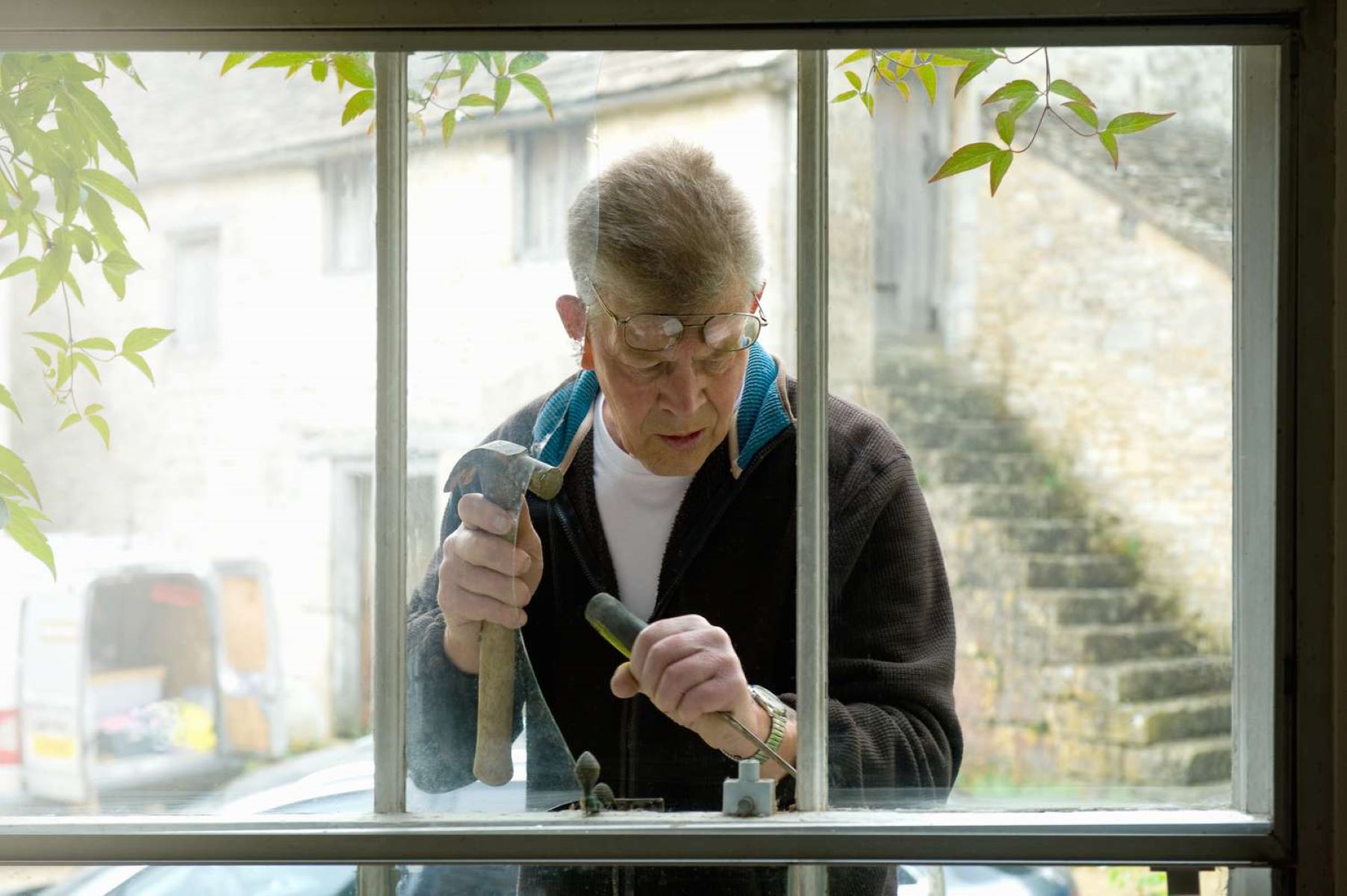

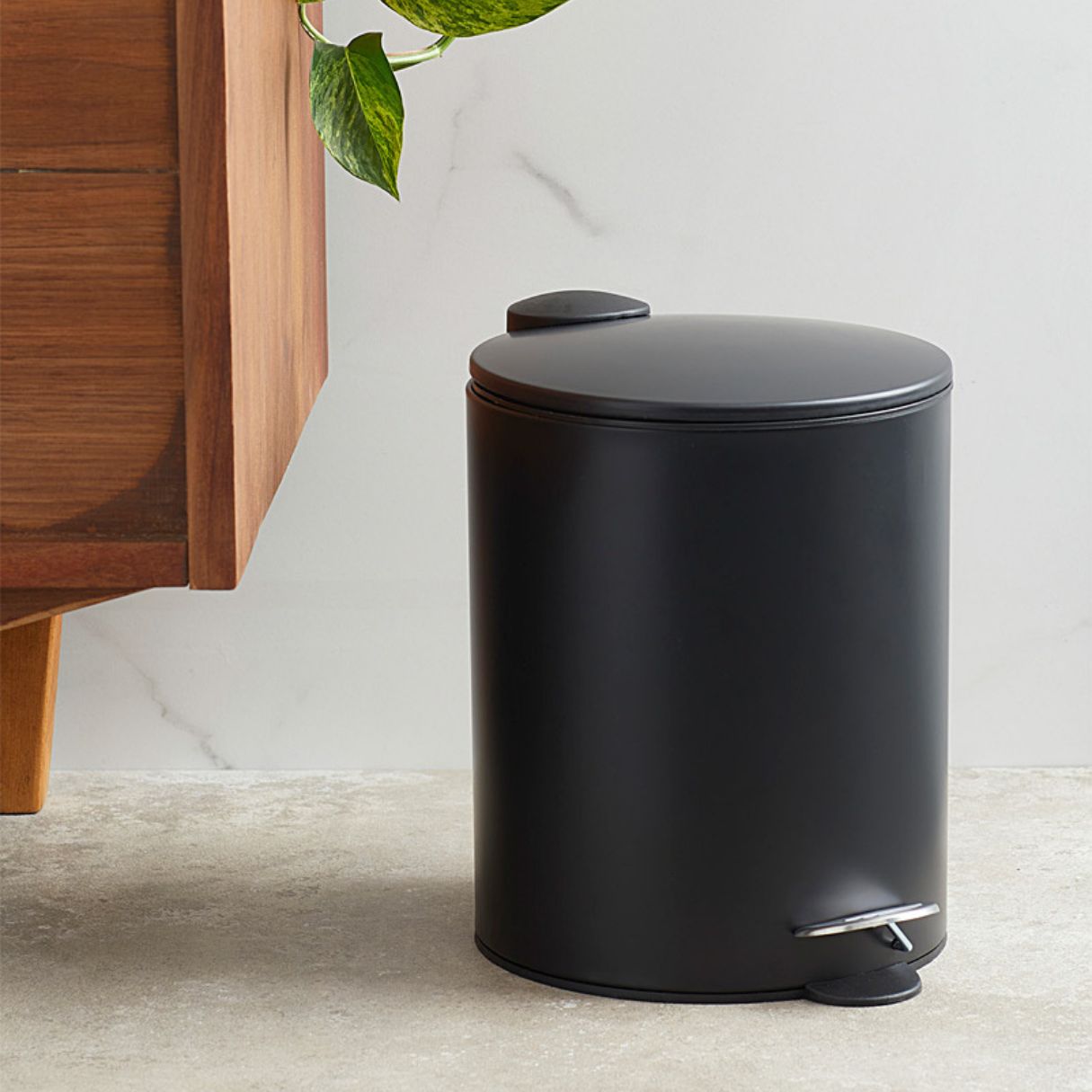

0 thoughts on “How To Fix An Awning Window That Won’t Close”